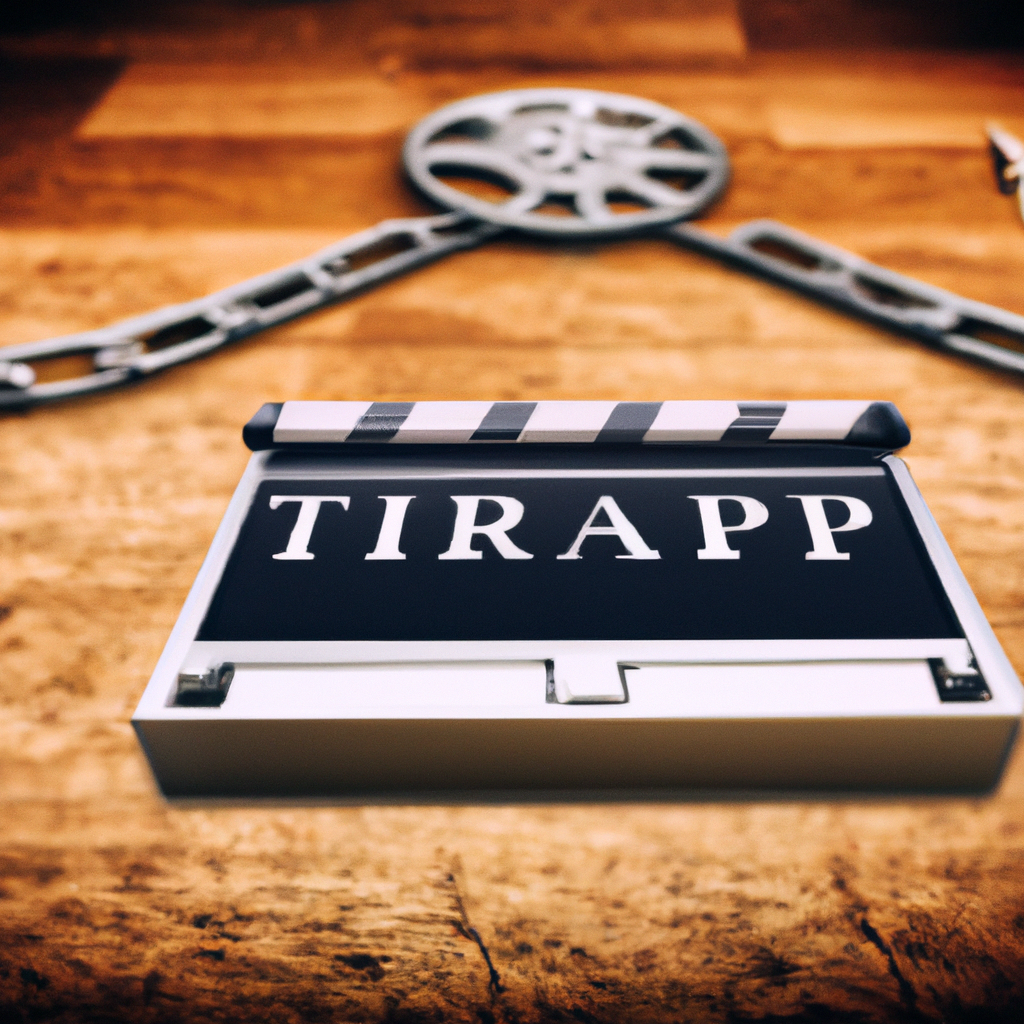The burden of precedent seems ever-present for M. Night Shyamalan, whose name became synonymous with suspense and surprise since the groundbreaking success of “The Sixth Sense” a quarter of a century ago. As some narratives about his career (like twist endings and magazine covers) faded, others emerged: a director frequently deemed a has-been before making a gradual comeback with better-than-expected genre films, leading to a robust second act as one of the few American filmmakers producing original material aimed at adults. Explaining my excitement for “Trap” to friends has often been met with perplexed looks and questions. The concise storytelling expected from trailers isn’t my forte. If “the beach that makes you old” reintroduced us to post-COVID cinemas, whatever power the work wielded itself reached fewer audiences and garnered sparser attention.
While Shyamalan hardly needs further defense or reclamation—given the intense, often overcompensating discourse on his behalf—”Trap” showcases his talents meeting an entertaining premise. Though it may not mark a turning point in his career, the film aligns his former cultural dominance with the newfound security in his career since “The Visit” reinvigorated it nearly a decade ago. Despite occasionally dragging and coasting on its initial strong ideas, “Trap” might be Shyamalan’s best-engineered work since “The Village” and arguably his purest piece of entertainment.
Shyamalan distinguishes himself as a filmmaker who understands fear—not just as a source, but as a narrative tool and character development element. This understanding sets him apart from approaches that prioritize fright above all else. Recall how long it takes to see a ghost in “The Sixth Sense,” an alien in “Signs,” or to understand the implications in “Unbreakable” and “Old.” In “Trap,” Shyamalan experiments with a reversal of dynamics, centering almost entirely around the source of fear: Cooper, known as “The Butcher,” a serial killer who brings his daughter to a concert—starring a pop sensation played by Shyamalan’s daughter, Saleka—only to find it’s a trap to ensnare him. Unlike earlier films where the suspense stemmed from knowing a dangerous force is present, “Trap” puts us in the force’s shoes, viewing the room through Cooper’s eyes.
Shyamalan’s characteristic empathy appears only in dribs and drabs; instead, everyone stands under a sword of Damocles from the outset, portrayed with an odd-comic register birthed from their ignorance. Shyamalan, almost needless to say, finds joy in these opportunities.
“Trap” is hard-edged, cold-toned, and unnervingly funny, marking a return for Josh Hartnett, an actor many born between 1980 and 1995 hold endearing memories of. The associations he and Shyamalan twist like a corkscrew: Hartnett’s genial looks mask his character’s sociopathy, and his typically stiff on-screen presence enlivens the role’s nefarious masterminding. More than precise camera setups or elaborate lighting schemes, Shyamalan enjoys forcing us into Cooper’s perspective, making a structuralist game of his many walks through the venue, with each room adding cleverly doled exposition and each interaction raising the stakes.
Yet, “Trap” faces an inevitable challenge. The risk of derailing becomes its own cat-and-mouse game between creator and viewer as the film progresses. Towards the end of the second act, a POV switch brings a fresh perspective, climaxing brilliantly through off-screen action and muffled sound. However, the ensuing time feels more like coasting on a high rather than continually innovating.
Great artists like Shyamalan know how to make choices seem part of a broader vision. Despite a climactic revelation that strains plausibility, the narrative choice serves a constant trend of unpredictability. The final moments could imply a sequel or simply end the film on a decisive note. Whether Hartnett’s Cooper becomes a new fixation or a cheeky nod, the ending justifies the film’s slight distension.
Even if “Trap” had not achieved such feats, its initial powers are undeniable. They’re enough to dispel skeptical glances when M. Night Shyamalan’s next film arrives.
“Trap” is now in theaters.
